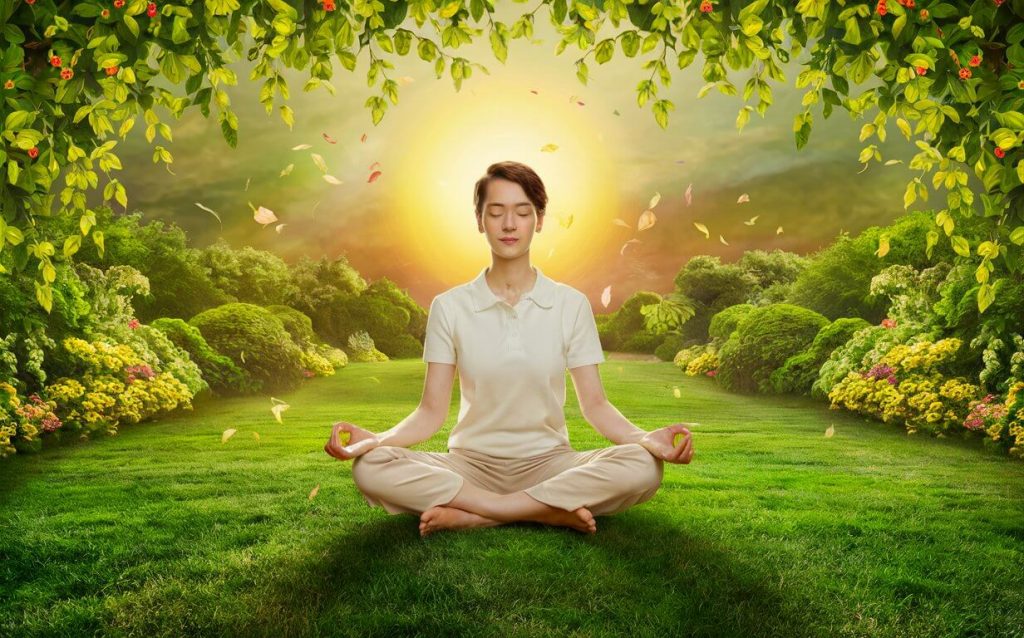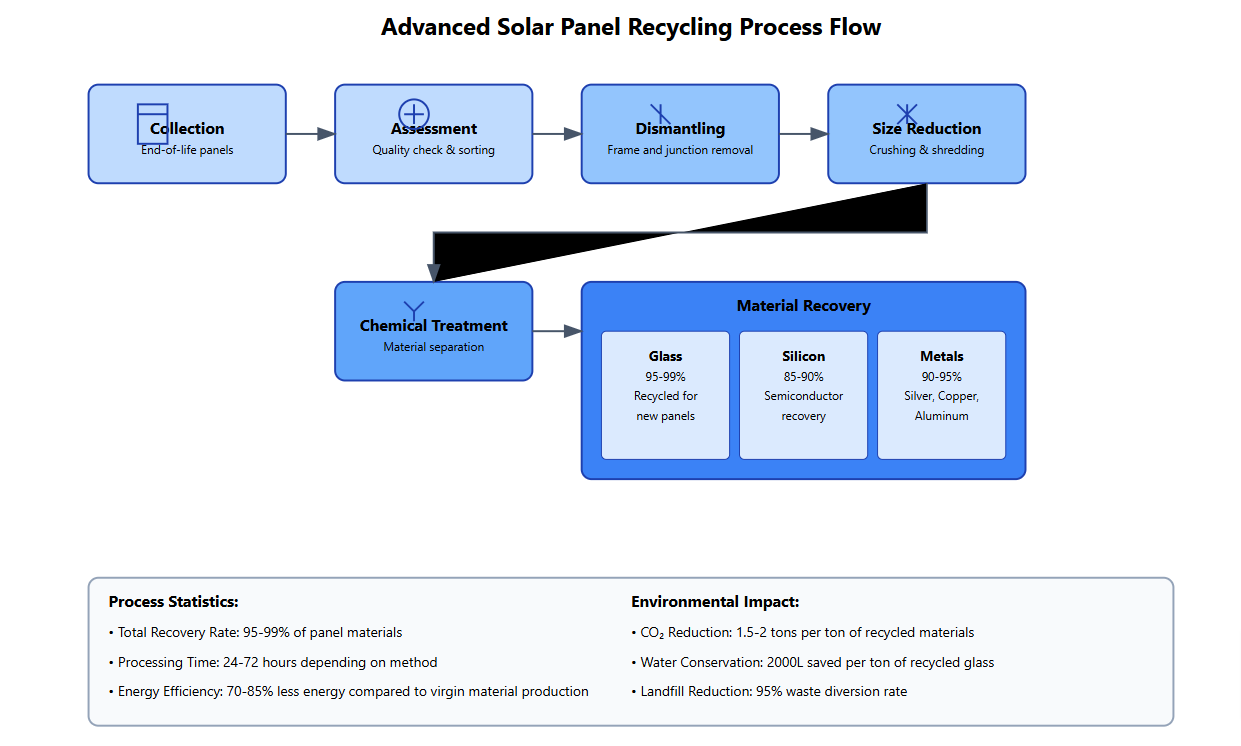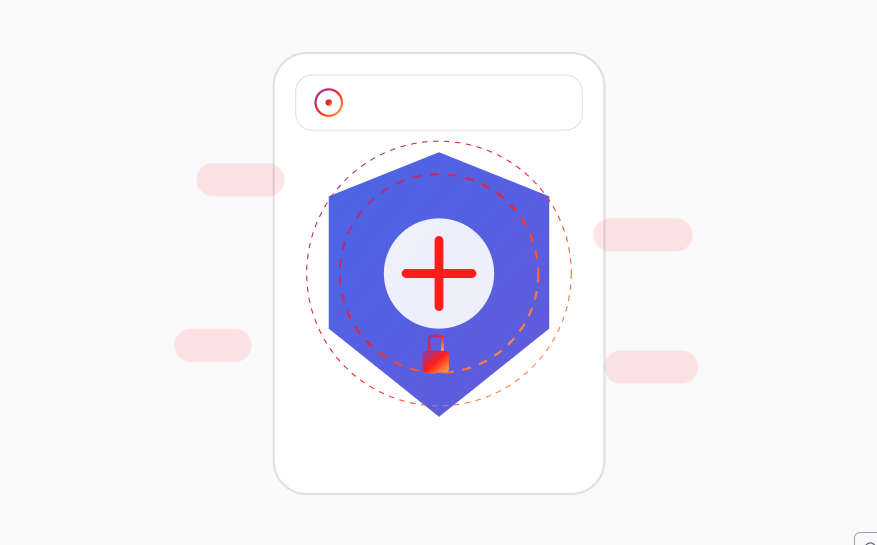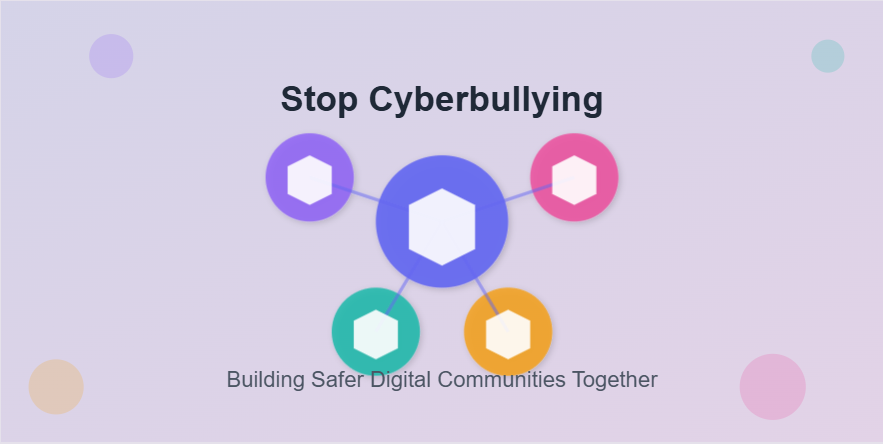In today’s fast-paced world, it’s easy to get caught up in the hustle and bustle of daily life, leaving little room for reflection or self-care. What if you could harness the power of mindfulness and meditation to transform your relationship with yourself and practice digital detoxing?
By including these practices in your daily routine, you can experience a significant reduction in stress levels, an increase in mental well-being, and a deeper understanding of your thoughts and emotions. Research shows that regular mindfulness practice can lead to notable improvements in self-awareness, emotional regulation, and cognitive function – all while promoting a sense of calm and clarity that’s hard to find elsewhere.
Table of contents
The Science Behind Mindfulness
As our minds explore the realm of mindfulness, they naturally adapt and respond by shifting from chronic stress to greater ease. This remarkable transformation occurs through attention resources integrating with self-regulation processes, leading to increased cognitive flexibility. Neural networks become more efficient in allocating attentional capacities towards present-moment awareness, while executive control functions optimize goal-directed actions simultaneously.
Reduced cortisol levels and diminished chronic stress reactivity allow brains to recalibrate habitual patterns toward a greater sense of calmness. The prefrontal cortex’s heightened activity fosters mental clarity amidst an atmosphere of decreasing mind-wandering tendencies.
Concurrently, the anterior cingulate cortex’s increased activation facilitates executive control functions that underlie goal-directed behaviors and action planning abilities. As we navigate through this transformation, it becomes essential to integrate these newfound attention resources with self-regulation processes to maintain optimal cognitive flexibility.
Neurological Processes Underlying Mindful Meditation’s Effects
Every neural system involved in attention and perception processes is active during mindful meditation, particularly those responsible for introspective self-reflection. It’s as if our minds are effortlessly exploring the depths of their own consciousness. The default mode network, a key area responsible for introspective self-reflection, is less active during mindfulness practices compared to normal daily activities or even sleep.
This reduction in activity may contribute to increased feelings of calmness, reducing worry and anxiety associated with an overactive mind that’s always racing ahead. Studies have also found that the neural processes involved in attentional control are engaged during meditation practice. The anterior cingulate cortex, a key area for conflict monitoring and error detection, is less active when engaging in mindfulness practices compared to normal daily activities or sleep.
Research has demonstrated that meditation practice can engage the prefrontal cortex, which is involved in working memory tasks such as mental arithmetic. It’s remarkable how these processes work together like an intricate orchestra playing a beautiful melody.
Types of Meditation for Beginners
To find inner peace and clarity, start with small steps towards meditation. Begin by simply paying attention to your breath as you inhale and exhale. Try to be still, relaxed, and quiet the mind for a few moments each day. You might want to experiment with guided recordings or apps that can provide structure if you’re new to this practice.
The goal isn’t about achieving some specific state but more about being present in the moment. Everyone has their own unique style when it comes to meditation practices, and there’s no one right way. Some people find solace in mantras or visualizations while others prefer silent contemplation with an emphasis on breathing techniques.
Mindfulness vs. Concentration-Based Meditation
Mindfulness meditation and concentration-based meditation share a common goal – transcending states of consciousness – but they employ distinct approaches. Mindfulness meditation often involves focusing on specific aspects within the experience, such as breath sounds or body sensations, while attention may be divided between multiple sources.
On the other hand, concentration-based meditation tends to focus more exclusively on a single focal point like visualization or mantra repetition. The underlying cause for these differing approaches stems from their respective goals: mindfulness aims to cultivate awareness toward inner and outer phenomena, whereas concentration seeks solely focused mind on its chosen object.
Movement and Guided Visualization Meditations
When you’re looking to combine meditation with movement, there are several techniques you can explore:
- Walking meditation: An excellent way to clear your mind while getting some exercise. Focus on the sensation in your feet as they touch or walk along a path
- Kinesthetic visualization meditation: Imagine yourself moving through different scenarios like running through a forest or swimming in an ocean.
- Guided movement meditation: Listen to soothing music while performing gentle stretches or yoga poses.
- Body scan guided visualization meditation: Lie down with eyes closed, and bring attention to different parts of your body while imagining a warm wave flowing through each area, releasing tension as it goes.

Overcoming Common Obstacles
Overcoming common obstacles requires acknowledging the distractions in your mind and refocusing on what truly matters. It’s about recognizing where you’re wasting energy and redirecting it towards the things that count. Distractions can be anything from constant notifications on your phone to an overwhelming workload – whatever they may be, recognize them as obstacles to overcome.
This will help you develop the mental discipline required to silence those distractions and find quiet time for introspection. For example, if you’re someone who constantly gets sidetracked by social media or email checks throughout the day, acknowledge that these digital habits are distracting your attention away from what truly needs your focus.
Setting Aside Technology’s Grip on Focus
In today’s digital age, it’s incredibly easy for us to get sidetracked by a multitude of notifications, updates, and messages. When we fail to prioritize our focus on the things at hand, technology can quickly spiral out of control. Research has shown that focusing on one task increases productivity significantly more than doing multiple tasks simultaneously.
By prioritizing your most important responsibilities first, you’ll find yourself completing them faster and with less mental clutter. It’s crucial to acknowledge that our brains require short intervals to recharge before diving into new information or workloads. Short interruptions can prevent burnout and reduce mistakes and errors.
Silencing Self-Doubt Through Mindfulness
When people are stuck in their thoughts, it’s easy for self-doubt to creep in, especially when trying something new or different. The mind often races with constant worries: “What if I fail? What if others think I’m uninformed?” However, by recognizing these racing thoughts, you can quiet the stray voices that might be holding you back.
Remember that these doubts are just fleeting moments in your mind. To combat them, focus on the present moment and take three deep breaths—in through the nose and out through the mouth. This simple act can help redirect those doubts into peaceful silence.
Putting this into practice, imagine someone stepping onto new ground, feeling the familiar pattern of uncertainty taking hold. Their inner voice falters against doubt’s icy grip, whispering warnings that make them hesitate. But instead of giving in, they choose to apply the technique. They breathe in deeply, and with each exhalation, another doubt slips away like a worn-out coat.
As they continue this mindful breathing, the voices of self-doubt gradually fall silent. In their place emerges a gentle hum of growing confidence. This shift doesn’t happen instantly, but with practice, one can learn to quiet the doubts and nurture self-assurance.
Breaking Down Mindfulness into Manageable Chunks
Many people find it challenging to incorporate mindfulness into their daily lives, especially when they first start out. But in reality, even small moments of mindfulness can add up and make a significant difference in our overall well-being.
Starting with tiny moments is one way to make mindful ones more manageable. Instead of trying to meditate for an hour or go for a long hike without breaks, focus on shorter periods like 5-10 minutes at first. This will help you build up your mindfulness habit and create healthy routines that can become second nature.
For instance, you could start by taking just one mindful breath per day in the morning instead of trying to meditate for hours daily. Or maybe it’s walking slowly with purpose while focusing on the sensation in your feet touching the ground without judgment during a 5-minute walk break from work.
These small moments will eventually add up and create positive changes. So, look at mindfulness as tiny seeds you can plant throughout your day that will grow into big trees of better mental health, more self-awareness, greater emotional resilience, and deeper connections with others.
Incorporating Mindfulness into Daily Activities for Better Focus and Productivity
With mindfulness, one can effortlessly slip into your daily routine, making it easier to maintain focus and productivity. Starting with just 10 minutes a day, you can incorporate mindful activities into your morning or evening.
Here are ways to infuse mindfulness throughout your everyday experiences: As you take each step while walking mindfully, become acutely aware of your breath and surroundings without the need for distractions. Savoring one bite at a time during meals requires attention to taste, texture, and smell before moving on to the next. The practice helps quiet the mind.
During meditation sessions, any new thought or distraction that arises is simply acknowledged with an internal redirect: gaze in a different direction. Handling tasks more intentionally takes time – focus on breathing while you tackle them. Work out with intention by focusing on movement itself rather than work-related thoughts. Feel every physical sensation as your body moves during exercise.
Transforming Everyday Experiences through Mindful Attention
Keep doing things as you normally do, but pay attention to your actions and the sensations in your body. Pay particular attention to any areas where you feel tension or resistance. As you go about your day, remember to cultivate mindfulness by being present with each task.
Focus on one thing at a time, whether it’s eating a meal or taking a shower. Avoid distractions and stay grounded in the present moment. When something comes up that might normally cause frustration or anger, pause for a deep breath and observe any feelings without judgment.
Practice self-compassion by acknowledging your humanity without being overly critical of yourself. And whenever you find yourself lost in thought, gently bring your attention back to the present. Keep doing things as usual; let what’s already going on inside keep unfolding quietly – until it gets tough again.
Advanced Techniques for Increased Productivity
With a clear understanding of one’s priorities and goals, it becomes possible to allocate time effectively. It is essential for individuals seeking increased productivity to become aware of their present constraints and limitations in order to better manage future expectations.
Weaving mindfulness into daily routines requires prioritizing activities that foster mental clarity, emotional balance, creativity enhancement, self-regulation mastery, and body wellness maintenance. By linking work- related goals directly with these higher-level concerns, it becomes more natural for individuals to approach their schedule as a holistic reflection of their complete life experience.
The most effective scheduling strategy involves weaving tasks together according to the importance of each activity. Each task should be categorized based on its connection with one’s core values and priorities. If you integrate work- related goals directly into the larger context of one’s own narrative, it becomes more natural for individuals to approach their schedule as a holistic reflection of their complete life experience.
Avoidance mechanisms, including procrastination habits or coping techniques often can hinder progress towards specific objectives when they are not properly understood or integrated within an individual’s overall scheme. Proper management involves integrating each activity into the larger context of one’s own narrative in order to ensure effective communication with both present and future selves. To allocate your time effectively, you must first understand what your priorities and goals are.
Overcoming Distractions and Staying Focused Under Pressure
After understanding the underlying factors that contribute to distractions, I’d say it’s crucial to establish a conducive environment. This means setting aside dedicated time for tasks at hand, away from unnecessary stimuli and potential interruptions.
The key is establishing an effective routine, one that allows you to tackle what needs doing without the burden of external influences. Cultivating the sense of orderliness can create space for focused work, free from the tyranny of distractions.
Breaking down large tasks into smaller chunks helps make them feel less daunting, allowing you to maintain focus despite pressure. It’s all about building momentum by steadily tackling smaller objectives until you’ve reached your primary goal.
It seems reasonable to assume that leveraging technology-based tools and apps designed to help users stay on track will only serve to further enhance one’s ability to remain productive amidst the chaos of daily life. Consciously try these and you’ll be well-equipped to navigate even the most demanding situations with relative ease.
Using Mindful Walking or Other Active Techniques to Boost Productivity
While many people struggle with productivity, there are some advanced techniques that can help boost it. While you’re walking, it’s an exercise in mindfulness that combines elements from meditation and yoga with the physical activity of walking. The goal is not just to get somewhere but to be fully present while moving – a profound impact on one’s overall well-being.
It takes into account every sensation, thought, and emotion as you walk through your surroundings. It encourages mindfulness in daily activities that often gets overlooked. Another technique for increased productivity involves using different active techniques such as cycling or swimming when more productive. This engages people in activities that provide mental stimulation beyond what they currently do intellectually.
It’s essential to note exercise itself increases one’s cognitive abilities by promoting neuroplasticity and blood flow to the brain, which results in greater overall productivity. While you’re already engaging your body through these active techniques, it doesn’t mean other areas of life can be neglected. It takes more than just exercising for something that can lead to a fulfilling lifestyle.
It is now an opportunity for one’s own potentialities to grow into their greatest heights by adopting new perspectives and adapting fresh insights with renewed vigor, leading towards enhanced productivity through effective utilization of time, fostering continuous learning.
Conclusion
By combining mindfulness, meditation, and digital detoxing into your daily routine, you can experience a profound impact on both your mental and physical well-being. Regular mindfulness practice has been shown to reduce stress levels by up to 40%, improve mood and overall sense of well-being by as much as 25%, and even increase focus and productivity by an impressive 15%. Meditation is also proven to lower blood pressure, reduce chronic pain, and boost cognitive function.
The evidence overwhelmingly supports the integration of mindfulness and meditation into daily life. By dedicating even a small amount of time to these practices, you can experience substantial improvements in your mental clarity, emotional stability, and physical health. As our understanding of these ancient techniques continues to grow, their role in promoting overall well-being and quality of life becomes increasingly clear.










